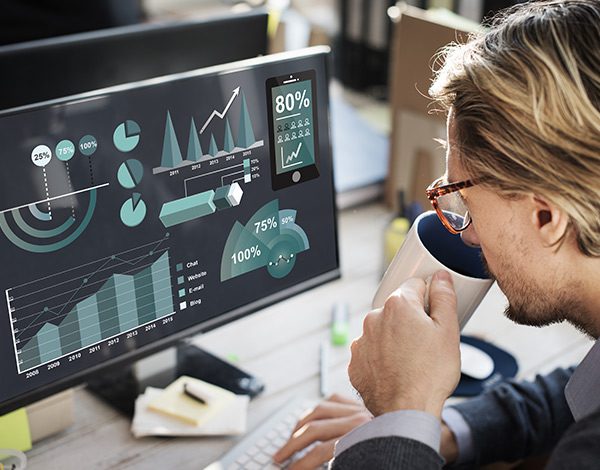The term ‘data visualization’ was coined a couple of years ago. But storytelling finds its roots in the earliest of times. Using characters, events, event sequences, locations, time periods, emotions, numbers, etc., storytelling has always fascinated the humankind.

Today, data visualization narrates events, causes & consequences graphically. These analytics consultants leverage the interactive dashboards which literally ‘talk’ to the users, to stop data from being mundane and monotonous. Let’s see what more is it capable of-
Reversed Roles: From visualized data to data
Today, data visualization tools pull in numerical data from 50+ sources. ERP Systems, excel sheets, data warehouses and others act as sources to provide data for effective visualization. The BI Tools such as Power BI, Tableau, QlikView then convert this data into visually impactful graphics. But what happens when data is already into the visual format such as Photos, images, videos & GIFs? This is when optical character recognition comes in. It will reverse the role of data visualization. While today numerical data is converted into text/image, now image/text data will be converted into numbers. Image analytics will involve deep learning methods which will identify intent from images, text, videos etc. There will certainly be newer branches of data visualization teams and will involve resource who conduct image pre-processing, character identification and post-processing on visual content. Focusing on these activities will enhance machine learning and artificial intelligence focus for technology companies. This will impact their strategies related to competencies, growth and investment patterns.
Knowledge Graphs: Storing and displaying data at once
Mostly used by Google to showcase a variety of results for search, knowledge graphs are here to be leveraged by all.
The knowledge graph is a database which stores data in a visual manner. This helps develop relationships between different data points. These established relationships stitch several aspects of the business together, such as sales, consumer preferences, production efforts and marketing campaigns. This overview empowers cross-functional teams in the business to come onto the same page and discuss future strategies. It also offers an overview of the past, present and future together. High dimensional data becomes easy to visualize and decipher using knowledge graphs. In a fast-paced and widespread business operations, conversational and interactive dashboards will be taken to the next level.
Disruptive Visualization Tools: Disruption in Data Analytics and Visualization
A King can only work with his best tools.
Thus, the significance of tools is known by all. Data visualization and business intelligence tools enable teams to identify patterns and correlations in data to make informed decisions. These tools too, will evolve down the road and work multifold of their current capacity. Also, the colors, ease of use, accessibility, data sources will improve. It is expected that these tools will undergo disruption and support big data. Bigger & better volume of data will be handled. There will be a considerable increase in velocity and variety will be experienced. This will ensure faster data processing, better data connectivity & obviously, impeccable visualization. It will also impact the speed and efficiency of establishing relationships in data. Virtual reality will make mark its presence and enhance the experience of data visualization. It will empower users with predictive modeling, notifications & alerts, social graphing, etc. Another trend that will be observed- an amalgamation of multiple competencies. Programmers, artists, data scientists, data analysts, product managers will comprise of the teams to develop BI tools. This will offer a holistic to product development and will satisfy the various branches of business and support myriad of business functions.
Sources
- https://towardsdatascience.com/the-future-of-data-visualization-2f9…
- https://depictdatastudio.com/the-future-of-data-visualization-predi…
- http://analytics-magazine.org/data-visualization-the-future-of-data…
- https://www.promptcloud.com/blog/interesting-trends-in-data-visuali…
- https://channels.theinnovationenterprise.com/articles/the-future-of…
https://www.fingent.com/blog/data-visualization-the-future-predicti…
